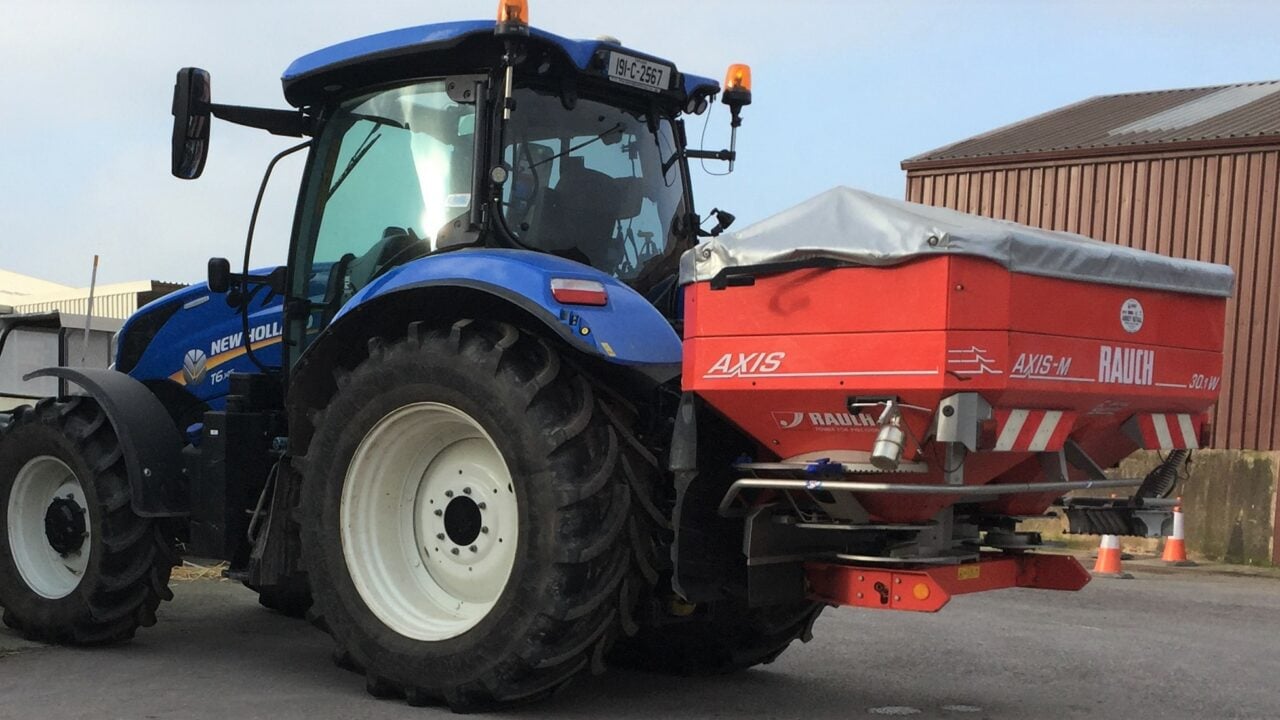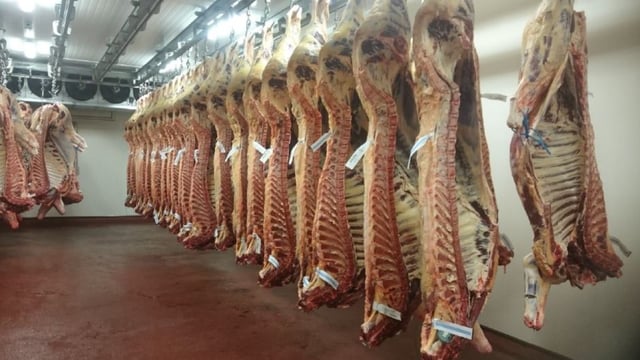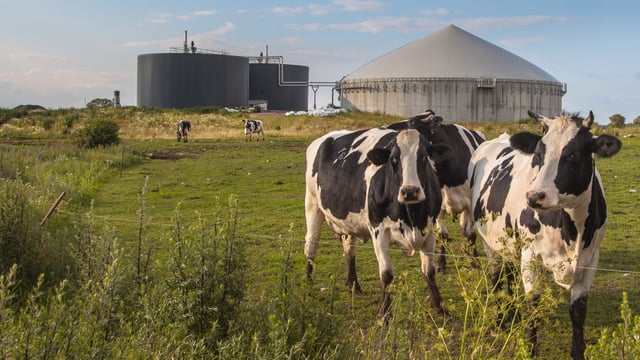Fertiliser allowances: Know your limits before spreading
With all of the zones now open for chemical fertiliser spreading, farmers should know their fertiliser allowances in terms of nitrogen (N) and phosphorus (P).
As of today (Saturday, February 15), Zone C, which consists of counties Donegal, Leitrim, Cavan and Monaghan, is permitted to spread chemical fertiliser, meaning that all zones are now open for spreading.
Farmers should not be using the opening of zones as a guideline to get out fertiliser and, instead, should be tracking the forecast and soil temperatures to ensure favourable conditions.
Farmers in derogation generally know what their allowances are, as they are obliged to put together nutrient management plans, however, farmers stocked under 170kg N/ha are often left wondering what they are allowed to spread.
The problem is, when a plan has not been put in place and the amount of chemical fertiliser allowed is unclear, farmers tend to spread less fertiliser as they fear they will be breaking regulations.
When less fertiliser is applied, it may have a serious impact on grass growth and, as a result, animal performances throughout the year.
A few things are required for farms to make sure they are within their allowances and that fertiliser gets on ground effectively, such as having soil samples up-to-date and putting together a nutrient management plan.
Soil testing
As of January 1, 2023, all farmers stocked above 130kg N/ha are required to take soil samples. Where soil samples are not taken, Index 4 for P will be assumed, so no chemical P or imported P can be used on these farms.
Therefore, farms in this category can no longer use P compound fertilisers, such as 18-6-12, 10-10-20, or 24-2.5-10.
A soil sample is only valid for four years and individual samples should not represent an area greater than 5ha (12ac).
To find out the maximum permitted N fertiliser allowance, farmers must know their stocking rate.
In order to clarify the permitted P fertiliser allowance, farmers must know their soil indexes and their concentrate feed usage which may bring their allowance up or down on the farm.
A farm stocking rate is calculated as the total annual N/kg excreted by grazing livestock averaged over the net grassland area (grazing and silage area).
Fertiliser allowances
It is always advisable for farms to contact their agri-advisor to ensure they are within their allowances for fertiliser spreading.
In some cases, application allowances will vary based on farm-specific circumstances.
The updated annual maximum chemical nitrogen (N) allowances for grassland as of February 20, 2025 are as follows:
| Grassland stocking rate (kg/ha/year) | Max. chemical N allowance (kg/ha) |
|---|---|
| Less than or equal to 85 | 90 |
| 86 -130 | 114 |
| 131-170 | 185 |
| 171-210 | 241 |
| 211-250 | 225 |
| Greater than 250 | 214 |
The current annual maximum fertilisation rates of phosphorous (P) on grassland – by soil phosphorus index number – is as follows (soil with 20% or more organic matter is limited to the index 3 rate):
| Grassland stocking rate (kg/ha/year) | Index 1 (Kg/ha) | Index 2 (Kg/ha) | Index 3 (Kg/ha) | Index 4 (Kg/ha) |
|---|---|---|---|---|
| Less than 85 | 27 | 17 | 7 | 0 |
| 86-130 | 30 | 20 | 10 | 0 |
| 131-170 | 33 | 23 | 13 | 0 |
| 171-210 | 36 | 26 | 16 | 0 |
| 211-250 | 39 | 29 | 19 | 0 |
| Greater than 250 | 39 | 29 | 19 | 0 |
The P content of your feedstuff will also have to be deducted from the amount of P you are allowed for every hectare.
P content is as provided by the feed supplier in the case of compound feeding stuffs, standard P value in the case of straight feeding stuffs, or default P concentration of 0.5 kg P for each 100kg fed.
So if you fed 1,000kg of concentrates/cow, it means that 5kg/cow of P will have to be deducted from your P allowance already calculated.





